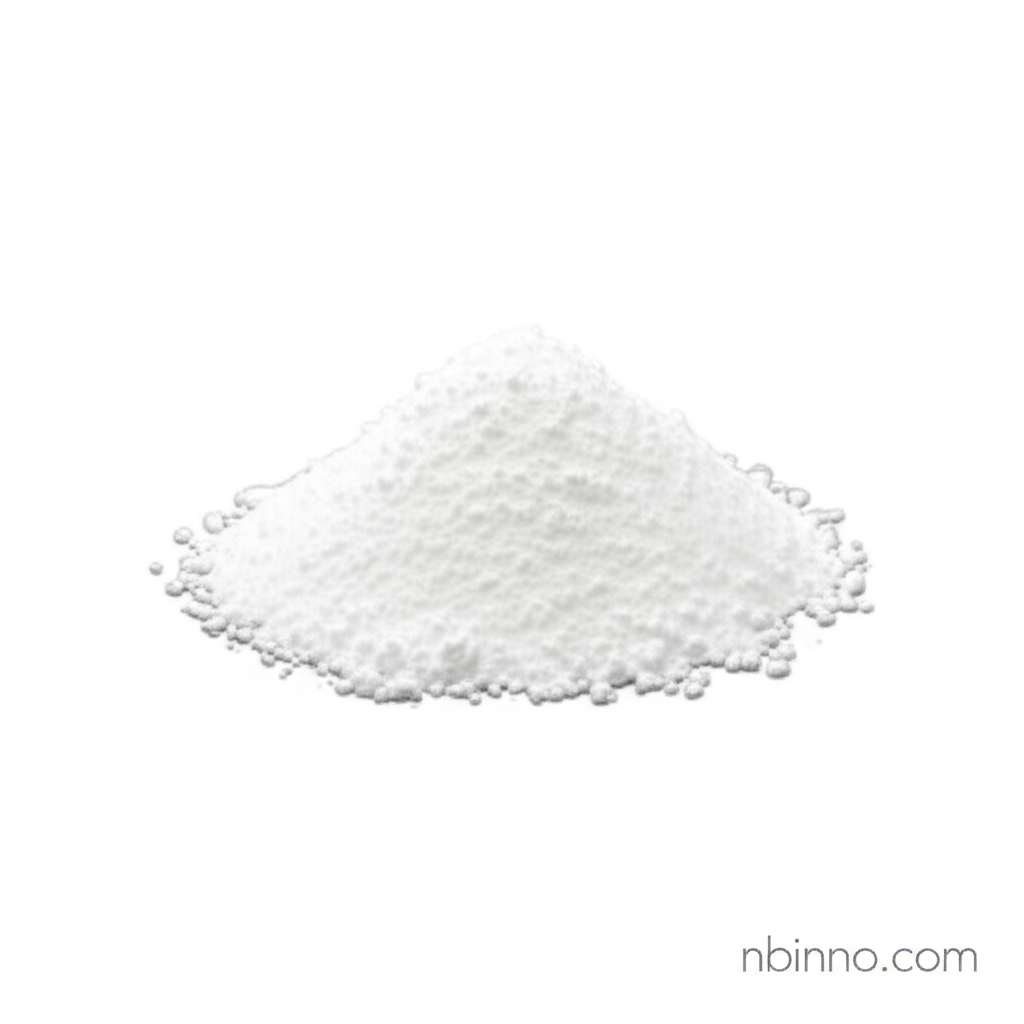Benomyl Fungicide: Properties, Uses, and Regulatory Landscape
Discover the systemic action and agricultural applications of Benomyl, a key benzimidazole fungicide, and understand its journey from widespread use to current regulatory scrutiny.
Get a Quote & SampleProduct Core Value

Benomyl
Benomyl is a systemic benzimidazole fungicide known for its protective and curative action against a wide range of fungal diseases in agriculture. As a leading supplier in China, we offer insights into its chemical properties and historical significance. Benomyl binds to microtubules, disrupting essential cell functions in fungi. Its selective toxicity makes it particularly effective against fungal pathogens while being less harmful to mammalian cells.
- Understanding the systemic fungicide action of Benomyl helps in choosing the right crop protection solutions. As a systemic fungicide, Benomyl is absorbed by the plant, providing protection from within against various fungal infections.
- Exploring benzimidazole fungicide resistance is crucial for long-term agricultural sustainability. Prolonged use can lead to resistance, impacting the effectiveness of this class of fungicides.
- Researching Benomyl vs Carbendazim differences highlights the evolution of fungicidal treatments. Benomyl is a pro-fungicide that metabolizes into carbendazim, the active compound.
- Learning about Benomyl chemical properties provides a foundation for its application and handling. Its molecular formula and standard specifications are key to its effective use in agricultural settings.
Advantages of Using Benomyl
Systemic Action
Benomyl exhibits systemic action, meaning it is absorbed by the plant and translocated throughout its tissues, offering comprehensive protection against fungal pathogens. This capability is vital for effective crop protection.
Broad-Spectrum Control
This fungicide is effective against a wide range of fungal diseases, including those caused by Ascomycetes and Fungi Imperfecti. Its broad-spectrum control makes it a versatile tool in agricultural pest management.
Preventive and Curative Properties
Benomyl offers both preventive and curative actions, helping to protect crops before disease strikes and to manage early-stage infections, contributing to healthier yields.
Key Applications
Cereal Crops
Effective against diseases like rust and leaf spots in cereals, contributing to improved grain production. Understanding systemic fungicide action is key for these applications.
Fruit Crops
Used to control powdery mildew, black spot, and other diseases in fruits such as apples, grapes, and stone fruits. The comparison between Benomyl vs Carbendazim is relevant here.
Vegetable Crops
Applied to protect vegetables like tomatoes and cucumbers from various fungal infections, ensuring better crop quality and yield.
Ornamental Plants
Beneficial for ornamental plants like roses, protecting them from diseases that can affect their aesthetic appeal. Examining fungicide resistance mechanisms is important for their long-term health.
